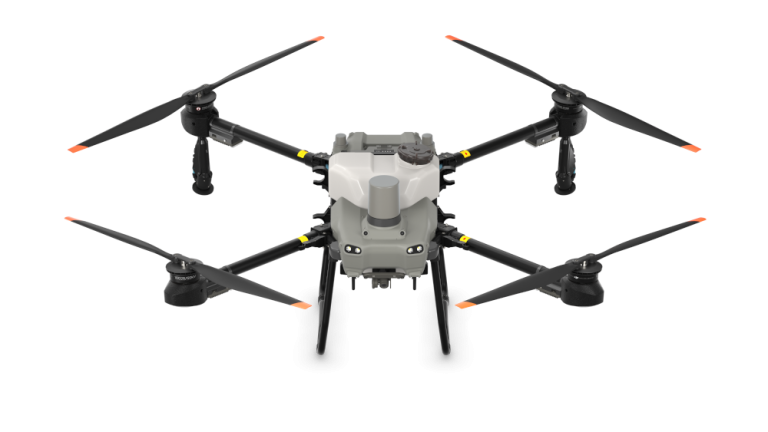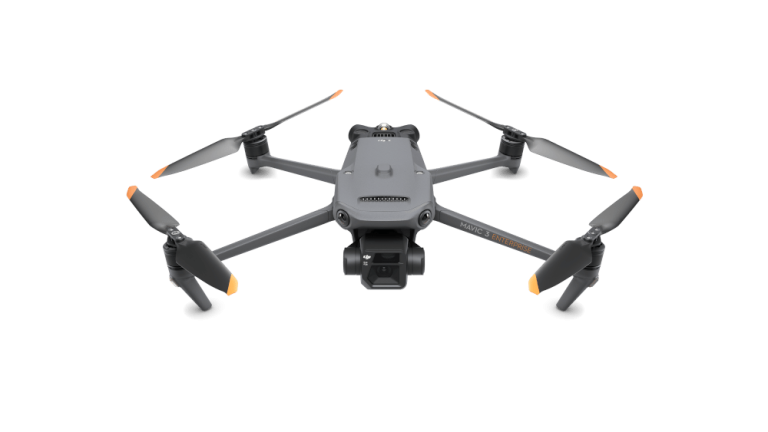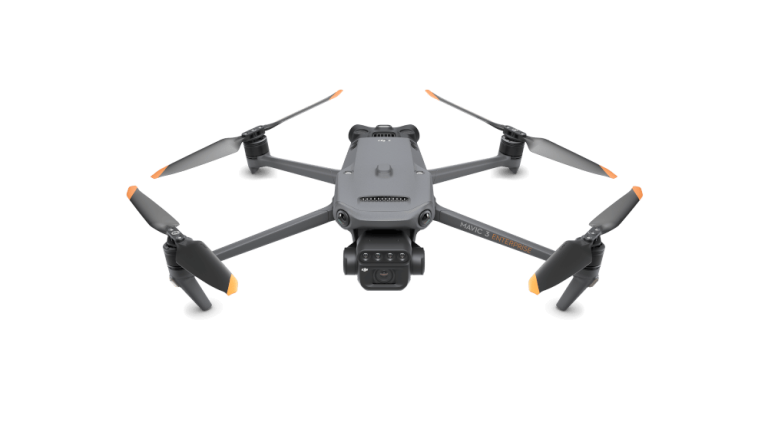Today, the tools we have been using for 50 or even 20 years are no longer enough to cultivate the land. Increasing efficiency and profitability is still a fundamental requirement, of course, but it is only possible if we take sustainability into account.
Precision agriculture (including precision cultivation) has moved from earlier theoretical work to everyday practice. Elements of this cover almost every area, from soil preparation to harvesting.
Most of these methods and solutions have been developed for large farms of over 20 hectares, so domestic farmers typically working on smaller areas cannot adopt them directly. This does not mean, however, that the key methods of precision farming are not adaptable to smaller areas of land.
Drones, the Versatile Agricultural Machines
Luckily, there are machines for which the above does not apply. These include agricultural drones, which can be used successfully in significantly smaller areas, and investing in them will pay off in a foreseeable time.
With the help of drones, agricultural areas can be surveyed quickly and easily. Flying over the land, the drone takes several kinds of images (photo, infrared), which can then be analyzed on a computer using the appropriate target software.
By carrying out drone “expeditions” with the right regularity, we can find out in time if weeds, pests or fungal diseases are threatening the plants. Based on drone footage, these hazards can be detected much earlier than with traditional agricultural equipment. And with the GPS coordinates of the drone footage, we can specify the exact location where intervention is needed.
Thanks to early detection and local intervention, farmers need to use far less chemicals than before, which, in addition to significant financial savings, means less spraying agents get into the soil. (Currently, one of the main sources of river pollution is intensive spraying.)
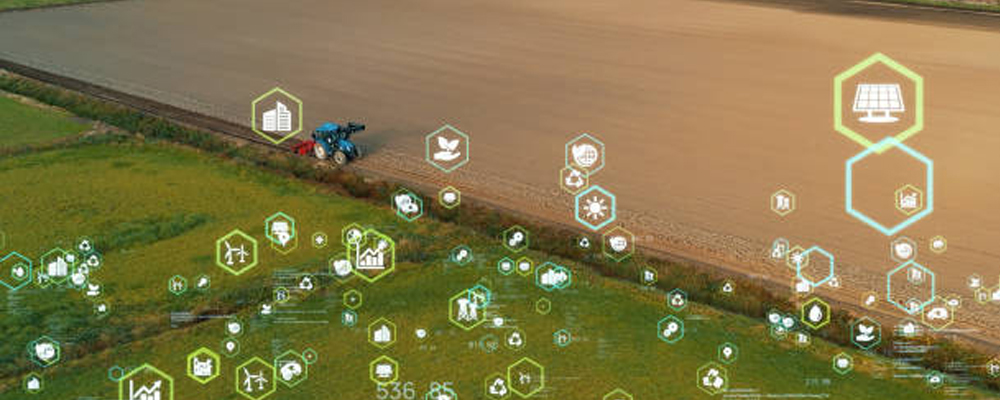
From the Wild West to Regulation
The US is far ahead of Europe in the use of agricultural drones. The use of drones there started spontaneously, but it soon became obvious that some kind of regulation was needed.
It is no different in other countries. According to a study conducted at the beginning of 2020, the use of agricultural drones is regulated in some way in 45 of the 200 countries surveyed. This is a big step forward compared to previous years and shows that the process has accelerated.
Spraying using drones would be an ideal solution for European farmers, but a 2009 directive (EC) on the limited use of plant protection products limits airborne spraying of chemicals. (This restriction was introduced to prohibit airplane spraying.)
This directive essentially contradicts the Farm to Fork strategy published in May 2020, which envisages a 50% reduction in the use of pesticides by 2030. Agricultural drones would serve this purpose excellently as, by focusing on infected and endangered areas, they greatly reduce the amount of chemicals sprayed. Farmers are therefore now asking the European Commission to update the already obsolete 2009 directive.
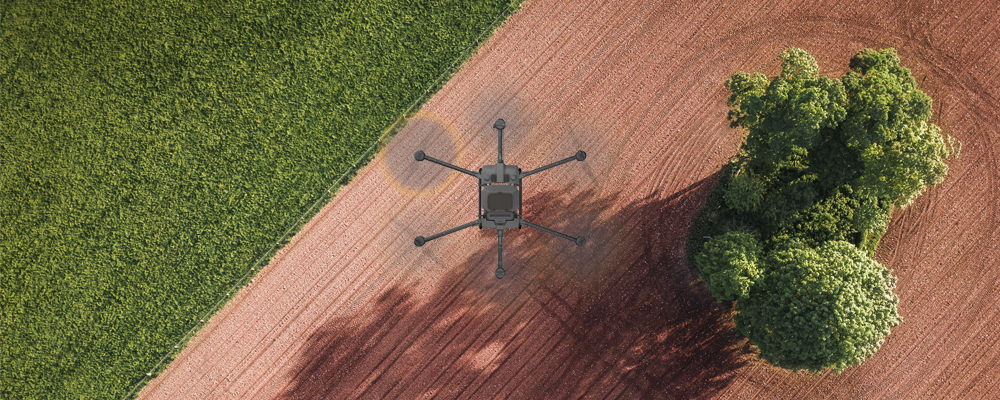
Agricultural Drones in Europe
Regulators do not have to pave fresh paths. Switzerland can serve as a good example, where, under the supervision of the Swiss Agricultural Institute, a 3-year pilot project was launched for the viticultural application of spraying drones. According to the farmers, the results speak for themselves—these issues do not need to be decided from behind a desk.
The French started experimenting with spraying drones in 2019, but they had to stop because of the ban on aerial spraying. Experiments could only resume in 2021. French experts also highlight the benefits of direct spraying targeting small areas.
Agricultural drones have not yet spread in Germany either. It was used by only a small number of farmers in 2020, but it is expected to skyrocket, as the German drone law is already in the works.
There is also a need for agricultural drones in Hungary. Although they have been used only under experimental conditions, the launch of type approvals shows that we are finally moving forward.
Summary
In addition to helping farmers, agricultural drones also contribute to sustainability due to using less spray mixture in a targeted manner. The United States, Canada and China are much more ahead in the use of agricultural drones, but fortunately both the European Commission and the EU member states are trying to move forward in approving agricultural drones.
